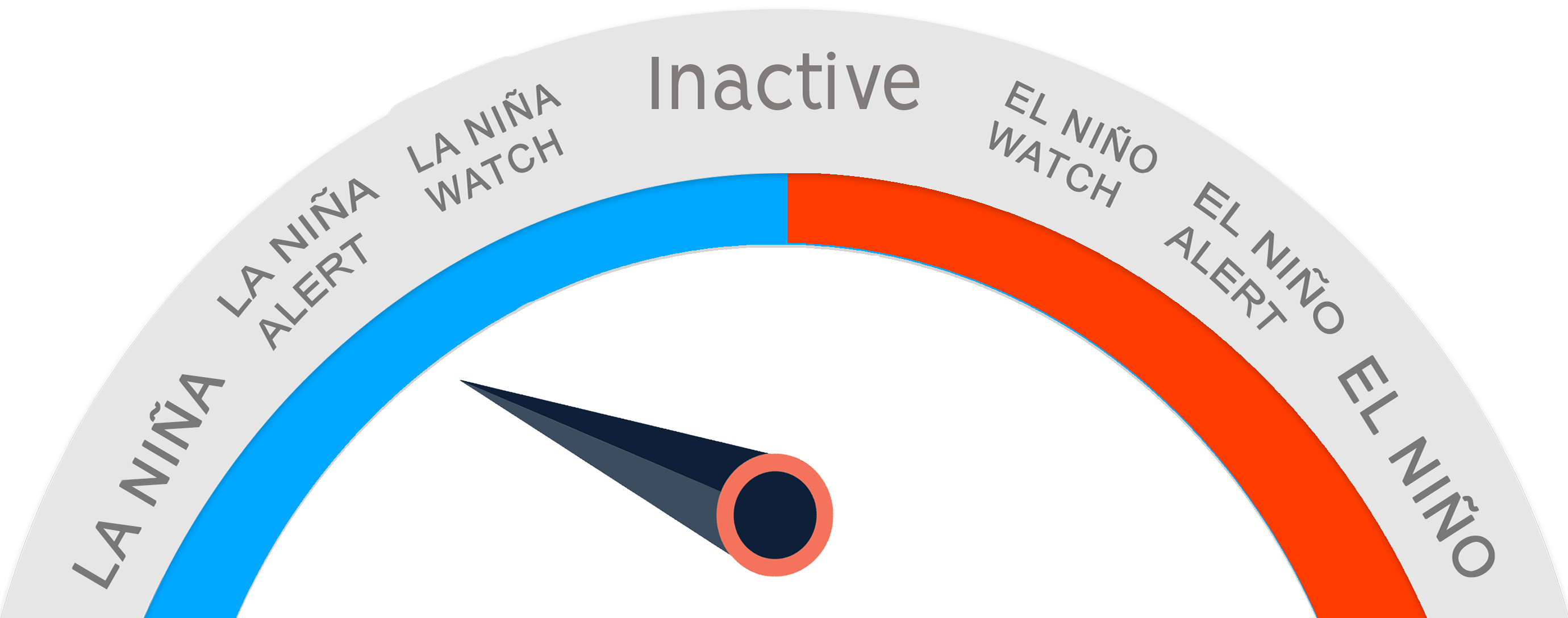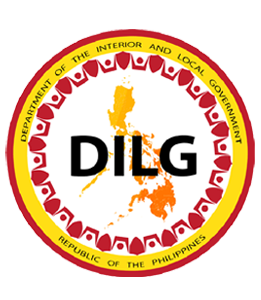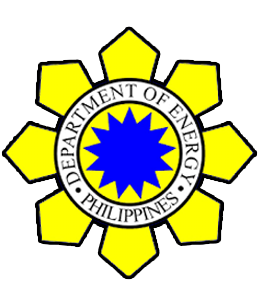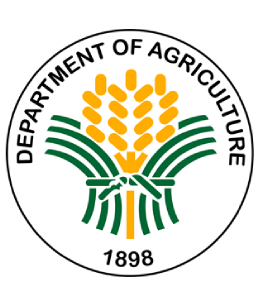About Us
To ensure the country’s readiness to fight the effects of the El Niño phenomenon, President Ferdinand R. Marcos Jr. has reactivated and reconstituted the Task Force El Niño through the issuance of Executive Order No. 53, increasing the resilience of communities and securing sufficient water supply, food security and public health and safety.
Under EO No. 53 issued on January 19, 2024, and signed by Executive Secretary Lucas Bersamin, the Task Force El Niño is reactivated under the Office of the President. The Task Force will be chaired by the Secretary of the Department of National Defense and co-chaired by the Secretary of the Department of Science and Technology (DOST).
Among the members are the Secretaries of the Department of Environment and Natural Resources (DENR), Department of Science and Technology (DOST), Department of Agriculture (DA), Department of Health (DOH) and National Economic and Development Authority (NEDA).
The Office of Civil Defense shall provide administrative and technical support to the Task Force in the performance of its functions.





